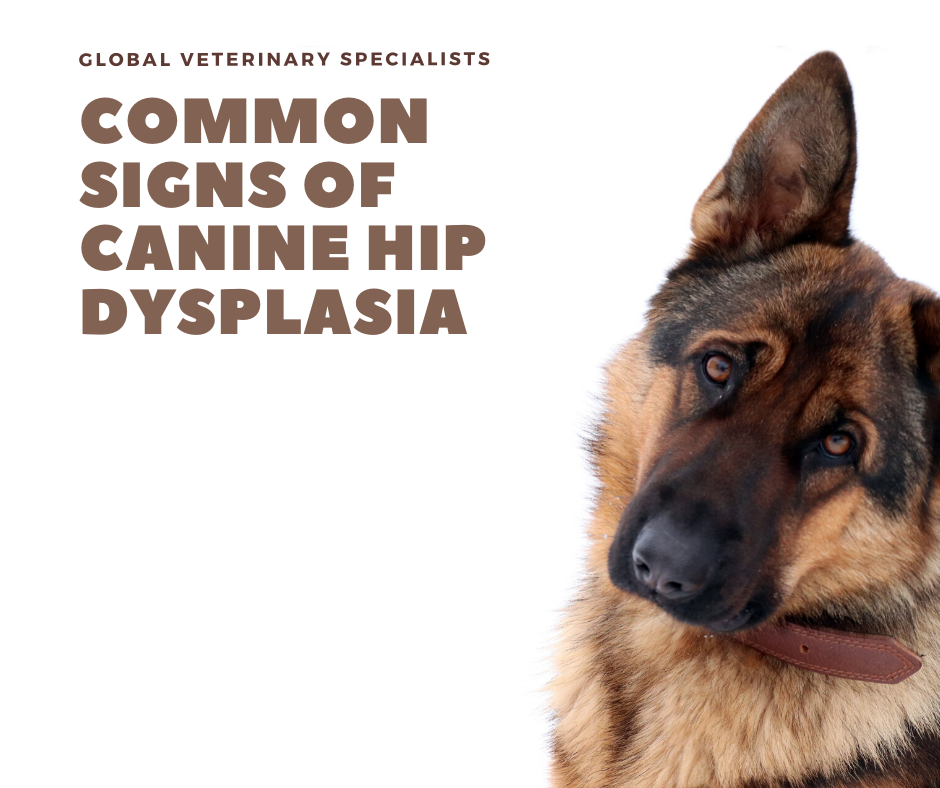A veterinary surgeon will not hesitate to recommend and perform total hip replacement (THR) surgery when the indications for surgical intervention are present, and no other higher priority problems exist. Here are some of the most common questions pet owners ask, answered by a skilled and experienced veterinary surgeon. What breeds are more susceptible to hip dysplasia?...
Category: Hip Dysplasia
Caring for Your Pet After Hip Surgery
Hip surgery for dogs is used to restore mobility in dogs with moderate to severe hip dysplasia. A total hip replacement (THR) is an optimal choice. It may also be considered when the cost of pain management is or has become prohibitive. The procedure involves removing the femoral stem, femoral head, and acetabulum. They are then replaced...
When to Consider Total Hip Replacement?
Ask the veterinary surgeon: When should I consider total hip replacement for my companion with hip dysplasia and advanced osteoarthritis? Animals with hip dysplasia – a condition characterized by abnormal joint laxity in which the head of the femur does not fit tightly within the acetabulum – often present with hind limb lameness and pain. These and...
How is Hip Dysplasia Treated in Dogs?
Hip dysplasia in dogs of varying sizes and breeds is one of the most common causes of hind limb lameness. The condition occurs when the ball does not fit tightly inside its socket, causing abnormal joint laxity or looseness that, without treatment, will worsen over time. Inflammation and joint damage are common if hip dysplasia...
Common Signs of Canine Hip Dysplasia
Canine hip dysplasia is a common cause of hind limb lameness in dogs of all sizes and breeds. The condition is, however, more prevalent in medium to large breed dogs such as Labrador Retrievers, Golden Retrievers, and German Shepherds. Although the prevalence is much lower, cats may also be afflicted with hip dysplasia. Instead of...




